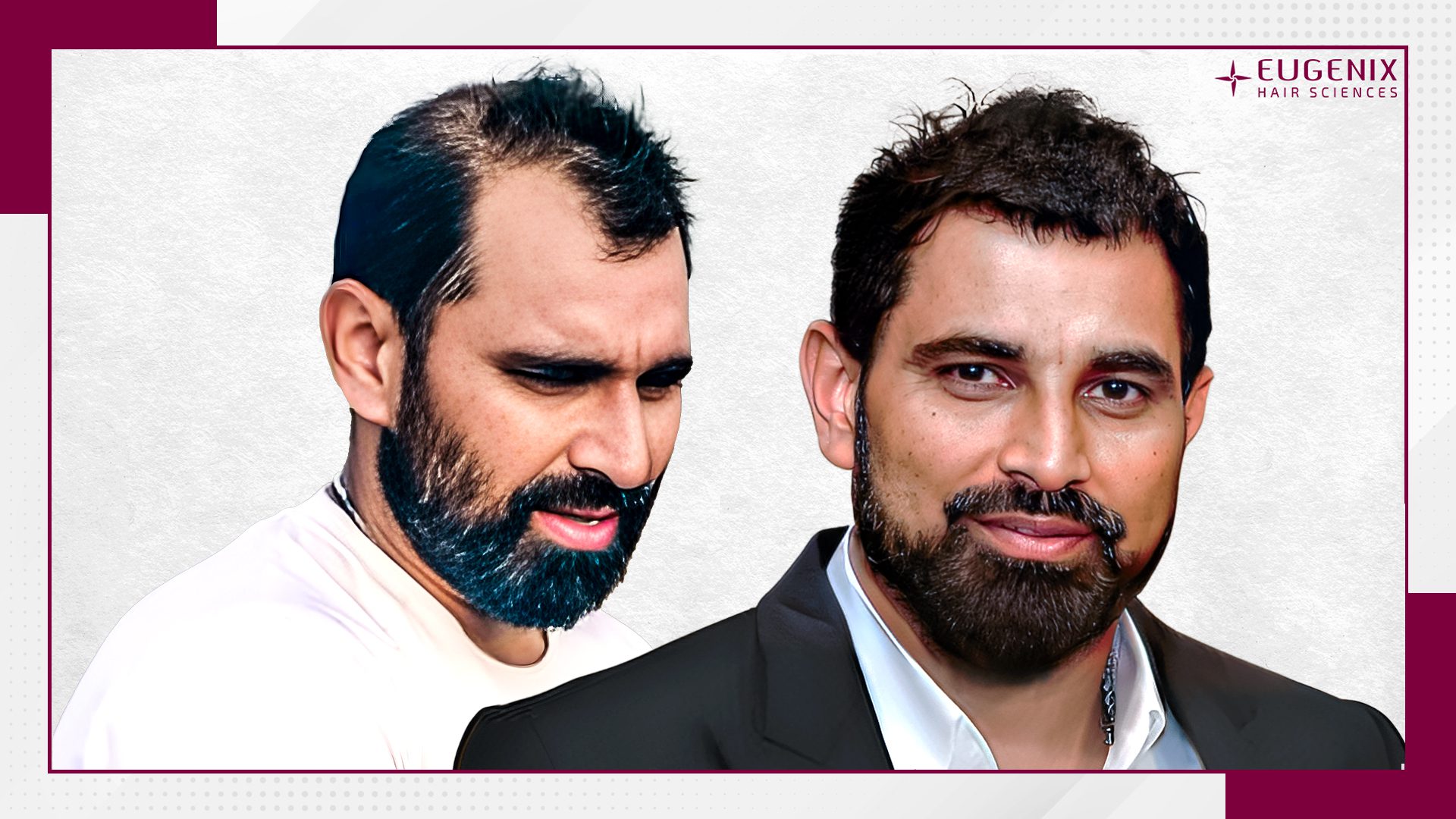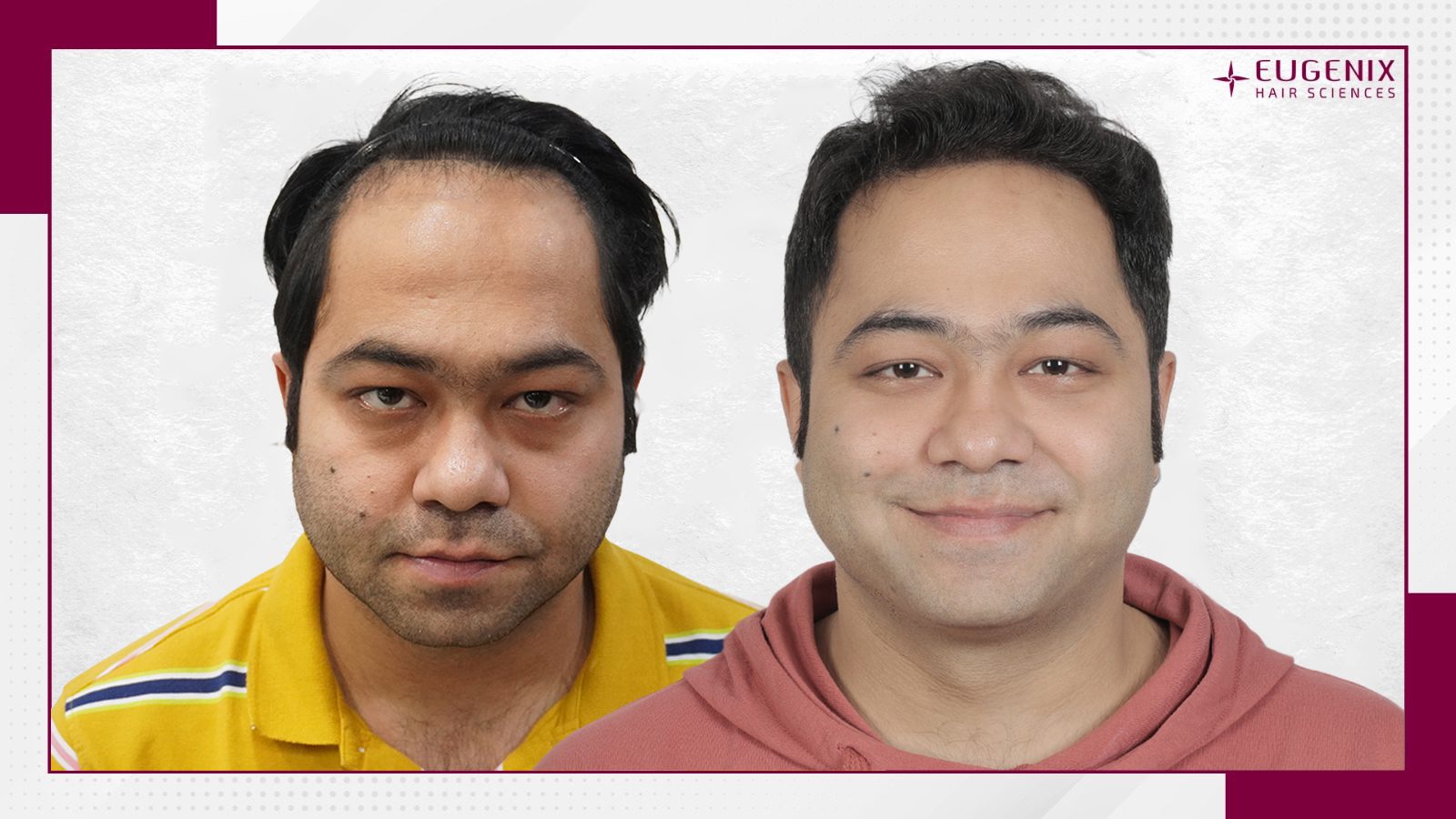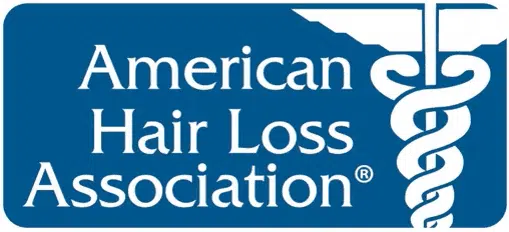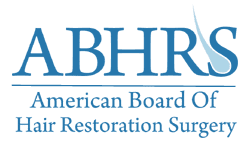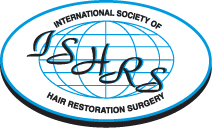Safe Hair Transplant Experience with Modern Techniques
Hair transplant surgery boasts a long history, with the first documented procedure dating back to the early 20th century. However, the techniques have undergone significant advancements, prioritizing safety and minimizing complications.
The introduction of Follicular Unit Transplantation (FUT) in the 1980s marked a major step forward by transplanting groups of hair follicles as they naturally occur. This technique involved extracting a strip of scalp containing healthy hair follicles from the donor area and meticulously dissecting it into individual follicular units for transplantation.
Further advancements led to the development of Follicular Unit Extraction (FUE) in the late 1990s. This minimally invasive technique extracts individual follicular units directly from the donor area, eliminating the need for strip harvesting and minimizing scarring.
By discussing the safety of FUE and FUT hair transplant techniques, we answered the question: Is Hair Transplant Safe? Now, Let’s discuss the modern hair transplant techniques’ risks and safety.
Modern Techniques: Minimizing Risks and Maximizing Safety
Modern hair transplant techniques prioritize safety through meticulous planning, advanced technology, and surgeon expertise. Here’s a breakdown of the factors contributing to a safe hair transplant experience.
Understand the Factors that Contribute to a Safe Hair Transplant Experience
- Preoperative Evaluation: A thorough preoperative evaluation by a qualified hair transplant surgeon is paramount. This includes a detailed medical history review, scalp examination, and blood tests to assess overall health and suitability for surgery.
- Advanced Technology: Modern hair transplant procedures utilize specialized tools and equipment designed to minimize trauma to the scalp during graft extraction and implantation. This reduces the risk of infection and promotes optimal graft survival.
- Surgical Expertise: Choosing a board-certified hair transplant surgeon with extensive experience is crucial. Their expertise ensures efficient and safe execution of the procedure, minimizing risks and complications.
The DHT Technique: A Game-Changer for Safety and Results
Eugenix Hair Sciences, a pioneer in hair restoration, has taken FUE a step further with the development of the Direct Hair Transplant (DHT) technique. DHT optimizes the FUE process, further enhancing safety and achieving exceptional results:
- Minimal Trauma: DHT utilizes a specialized process that minimizes trauma to the scalp during follicular unit extraction. This reduces bleeding, discomfort, and the risk of infection.
- Direct Implantation: DHT prioritizes immediate implantation of extracted grafts into the recipient area, bypassing storage solutions that can potentially compromise graft viability. This maximizes the number of healthy follicles that thrive in their new location.
- Streamlined Technique: Combining extraction and implantation into efficient steps that minimize overall surgery time, reducing patient fatigue and potential risks associated with prolonged procedures.
Understanding Potential Side Effects of Hair Implants
Many people wonder, ‘Is hair transplant safe?’ Yes, it typically is when performed by experienced surgeons, but it’s important to consider the potential side effects of hair transplant procedures, such as swelling, bleeding, etc. Let’s look at all the side effects of hair implants:
- Bleeding: Minor bleeding is expected during and immediately after the surgery.
- Swelling: Swelling in the forehead, scalp, and around the eyes is common.
- Pain and Discomfort: The scalp may feel sore and tender after the procedure.
- Itching: As the scalp heals, itching is a common experience.
- Infection: Following proper post-operative care instructions and maintaining good hygiene significantly reduces this risk.
Minimizing Risks and Optimizing Safety of Hair Transplant
The key to minimizing risks and ensuring a safe hair transplant experience lies in several crucial steps:
- Choosing the Right Clinic: Opt for a Hair transplant clinic with extensive experience and a proven track record. Research their affiliations and patient reviews.
- Realistic Expectations: Hair transplant surgery is not an instantaneous fix. It’s a journey with visible results emerging over several months.
- Proper Post-Operative Care: Following the clinic’s instructions meticulously for post-operative care is essential for graft survival, managing side effects, and preventing infection.
Safety Through Transparency: Reputable Clinics and Patient Education
Safety in hair restoration goes beyond the surgical procedure itself. Reputable clinics prioritize transparency, providing clear information about the procedure, potential risks, and realistic outcomes. Patient education is key – ask questions, express any concerns, and make an informed decision.
Hair transplant surgery, when performed by a qualified and experienced surgeon at a reputed clinic, offers a safe and effective solution for hair loss. Advancements in techniques, technology, and surgical expertise have significantly enhanced the safety profile of hair transplant procedures. By choosing a reputable clinic, following proper post-operative care, and having realistic expectations, you can minimize any risks associated with hair transplant surgery and embrace your journey towards a full head of hair and a renewed sense of confidence.
Hair transplant surgery, when performed by a qualified and experienced surgeon at a reputed clinic, offers a safe and effective solution for hair loss. Many people ask, “Is hair transplant safe?” Yes, advancements in techniques, technology, and surgical expertise have significantly enhanced the safety profile of hair transplant procedures. By choosing a reputable clinic, following proper post-operative care, and having realistic expectations, you can minimize any risks associated with hair transplant surgery and embrace your journey towards a full head of hair and a renewed sense of confidence.


